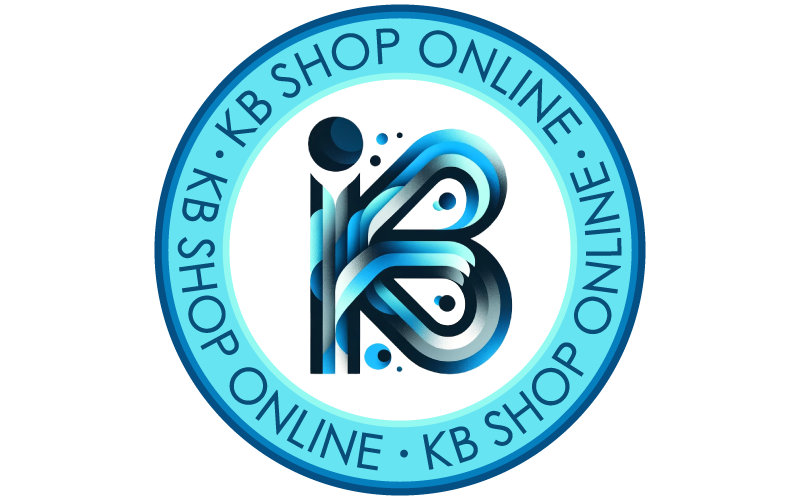In the realm of modern manufacturing and design, laser technology has emerged as a pivotal force, revolutionizing the way we conceive, design, and execute various tools and machinery. This transformative journey, from rudimentary tools to sophisticated laser-enabled equipment, underscores an era of unprecedented precision and innovation. Laser technology, which harnesses the power of light amplified through stimulated emission of radiation, offers an unparalleled level of accuracy, efficiency, and versatility in tool design, profoundly impacting industries ranging from medical to automotive.
The inception of laser technology in tool design marked a radical departure from traditional methods. Previously, manufacturing tools were limited by the precision of human skill and conventional machinery, often resulting in inconsistencies and imperfections. The integration of lasers into tool creation brought about a paradigm shift. With their ability to deliver concentrated energy in a highly controlled manner, lasers provide an unrivaled degree of precision. This precision is evident in applications such as laser cutting and engraving, where lasers achieve accuracies in the range of micrometers, far surpassing the capabilities of manual techniques.
One of the most significant advantages of laser technology in tool design is its versatility. Lasers can be fine-tuned to cut, engrave, or shape a wide array of materials, including metals, plastics, ceramics, and composites. This adaptability opens up a spectrum of possibilities, enabling the creation of tools that are not only more precise but also more complex and multifunctional. In the medical field, for instance, laser-fabricated surgical tools have revolutionized procedures, offering unparalleled precision and reducing patient recovery times.
Moreover, laser technology has catalyzed a shift towards automation and digital control in tool manufacturing. Computer-Aided Design (CAD) and Computer-Aided Manufacturing (CAM) systems, integrated with laser machinery, allow for intricate designs to be conceptualized digitally and executed with exactitude. This integration not only enhances precision but also significantly reduces production time and material wastage. Consequently, laser technology is not only a boon for precision but also for sustainability in manufacturing.
Another critical aspect of laser technology in tool design is its contribution to miniaturization. As modern technology trends towards smaller, more efficient devices, lasers provide the necessary precision to manufacture miniature components and tools. This is particularly evident in the electronics industry, where lasers are used to create intricate circuits and components for devices like smartphones and computers. The ability to work at such small scales with high accuracy is a testament to the transformative impact of laser technology.
The safety and reliability of laser-based tools are also worth mentioning. Unlike traditional methods, which often involve physical contact and wear and tear of components, laser tools offer a contactless solution, reducing the risk of contamination and mechanical failure. This aspect is crucial in industries where cleanliness and precision are paramount, such as in semiconductor manufacturing or in the creation of sterile medical devices.
In conclusion, the rise of laser technology in tool design represents a monumental leap in the pursuit of precision, efficiency, and innovation. This technology has not only redefined the boundaries of what is possible in tool manufacturing but has also set a new standard for accuracy and versatility across various industries. As laser technology continues to evolve and integrate with other advanced technologies, its role in shaping the future of tool design and manufacturing is bound to expand, further cementing its status as a cornerstone of modern industrial innovation. The journey from the first laser to today’s advanced laser-enabled tools is a vivid illustration of human ingenuity and our relentless quest for perfection in the tools we create.

